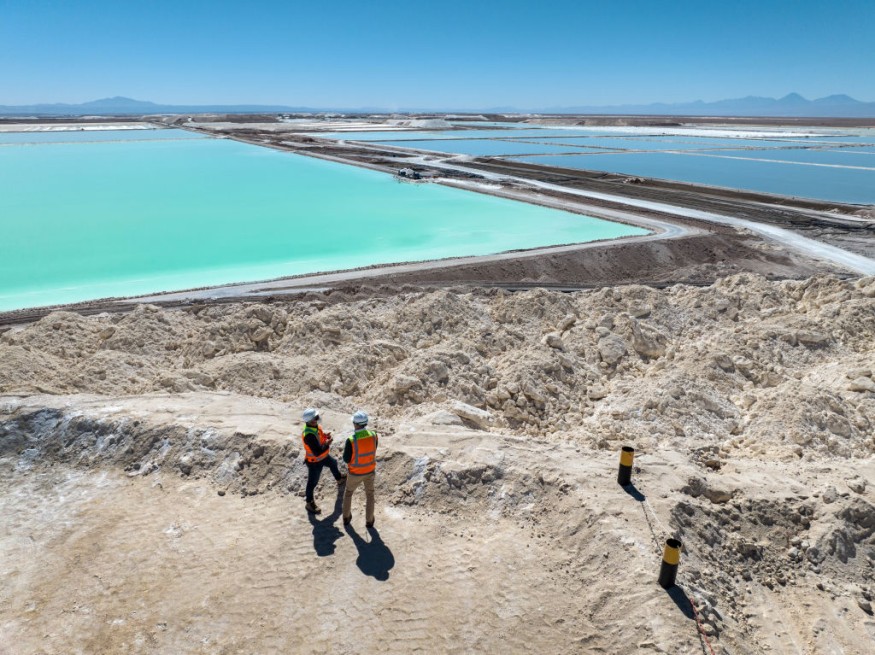Due to a surge in demand for electric vehicle batteries, Chile in South America has emerged as a global hub for lithium mining.
Since 2016, the yearly production at the Albemarle mine in the Atacama Desert has climbed from 22,000 tons to 84,000 tons, according to Ignacio Mehech, the company's national manager in Chile, who spoke to NPR.
But what are the costs to the environment?

Lithium Mining in the Atacama Desert
Gizmodo explained that the Atacama is located in the middle of the so-called Lithium Triangle, a region with abundant lithium reserves that includes Bolivia, Argentina, and Chile.
An estimated 58 percent of the world's lithium deposits are located in the area, most of which are found in the numerous salt flats and lakes. The Atacama is a goldmine in this fertile area; only one exceptionally salty basin is home to about 30 percent of the world's lithium content.
According to the Washington Post, the Atacama Desert in Chile is regarded as the Saudi Arabia of the electric car sector. With an estimated 8 million tons, it has one of the greatest lithium deposits in the world.
As the shift to sustainable energy begins, the demand for lithium has risen dramatically in recent years. According to some projections, the demand for lithium might treble globally over the next five years, severely taxing the world's present supply capacity.
The demand for lithium is rising as governments and businesses speed up the manufacture of electric cars, particularly lithium-intensive ones.
Lithium mining has drawn criticism in many parts of the world due to its effects on the environment, labor conditions, and indigenous groups. Locals in the Atacama have opposed the impact of mining on the region's water resources.
Lithium Mining and Effects on the Environment
Lithium demand harms the ecosystem, damaging the region's rare biodiversity and arousing outrage from indigenous groups. These worries were reflected in the mining-related clauses of the draft constitution that Chilean voters rejected.
Since the global demand for lithium is depleting the Atacama Desert's water supply, the pink flamingo population there has been declining.
Researchers discovered that the reduction of at least two flamingo species in the Atacama is connected to regions where water is becoming more limited due to lithium mining, according to a study published in March in the Proceedings of the Royal Societies B journal.
Flamingos require water to survive and breed, and lithium mines in the Atacama Desert are robbing them of that water by evaporating seawater to extract the mineral. An estimated 450 gallons (1,700 liters) of saltwater are pumped out of the earth per second at the Salar de Atacama to be used for mining.
Other desert regions' water levels have changed due to drought and climate change. However, the study examined data on flamingo numbers for 30 years and discovered that flamingo populations have remained mostly steady in other desert regions not affected by lithium mining.
Two of the three species of flamingos in the Atacama area, where lithium mining is most prevalent, have shown a recent 10-year fall in the population of 10-12 percent. Winter water levels fell by almost 40 percent throughout that time period.
RELATED ARTICLE : Novel Lithium-Ion Battery Resistant to Extreme Temperatures Allows Electric Cars to Travel Longer on Single Charge
Check out more news and information on Chemistry and Environment in Science Times.












